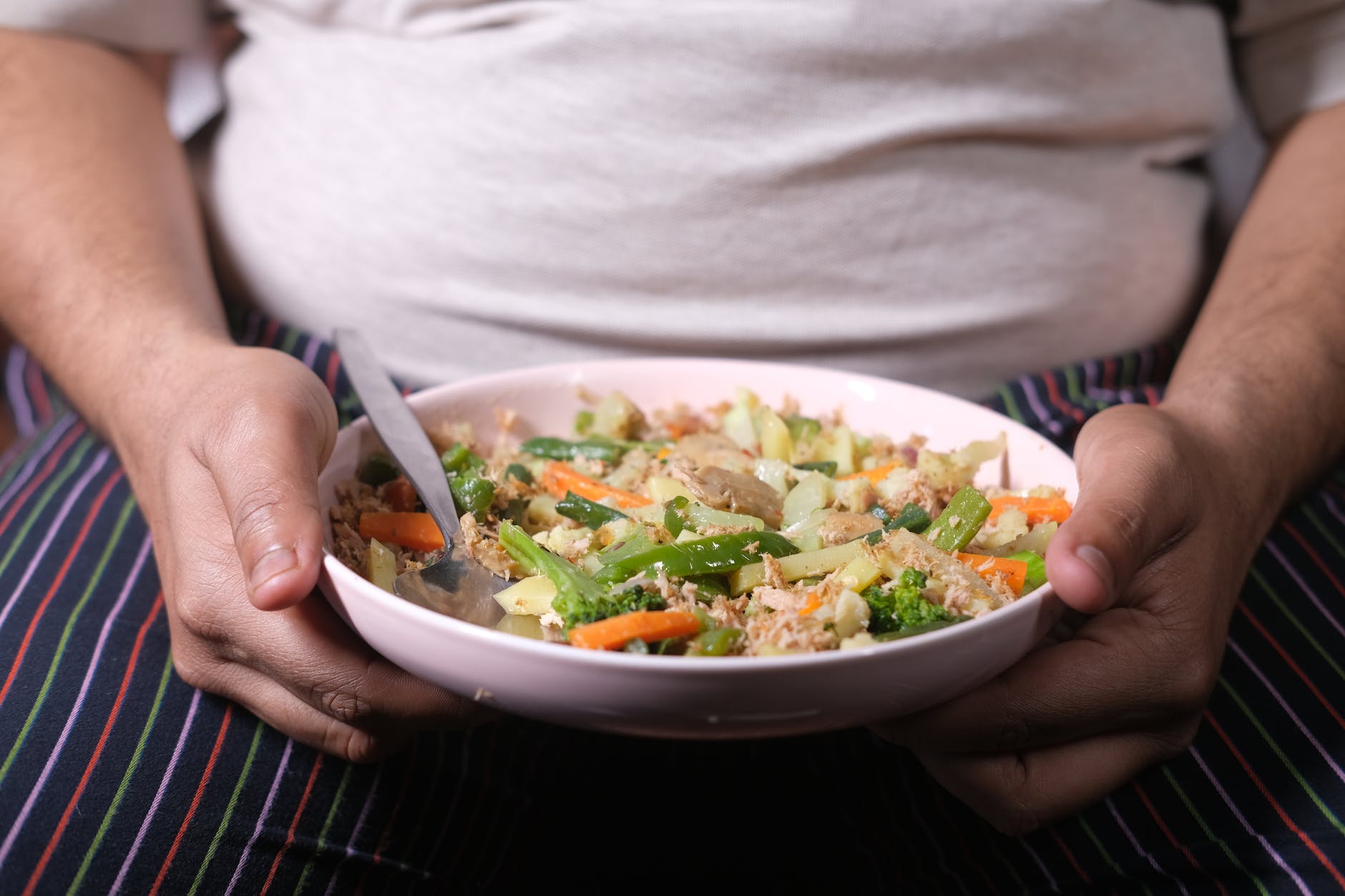How to Determine If You Are Overweight or Obese: A Comprehensive Guide


- How to Determine If You Are Overweight or Obese: A Comprehensive Guide
- Introduction
- The Importance of Knowing Your Body Mass Index (BMI)
- Measuring Your Waist Circumference
- Evaluating Your Waist-to-Hip Ratio (WHR)
- Considering Body Composition Analysis
- Assessing Your Lifestyle and Dietary Habits
- Seeking Professional Guidance
- Conclusion
How to Determine If You Are Overweight or Obese: A Comprehensive Guide
Introduction
In this comprehensive guide, How to Determine If You Are Overweight or Obese: A Comprehensive Guide, we will walk you through the process of determining if you are overweight or obese. Understanding your body's weight status is crucial for maintaining good health and well-being. We, at https://diabetescure4u.com/, are dedicated to providing you with accurate and detailed information that can help you lead a healthier lifestyle. So, let's delve into the world of body weight assessment and find out how you can determine if you are overweight or obese.
The Importance of Knowing Your Body Mass Index (BMI)
Body Mass Index (BMI) is a fundamental tool used to assess whether an individual's weight is within a healthy range or if they are at risk of being overweight or obese. Calculating your BMI is simple and can be done using your height and weight. Here's the formula:
scssCopy codeBMI = (Weight in kilograms) / (Height in meters)^2
Based on the BMI results, individuals are categorized into different weight status groups. These categories include:
- Underweight: BMI less than 18.5
- Normal weight: BMI between 18.5 and 24.9
- Overweight: BMI between 25 and 29.9
- Obese: BMI 30 and above
Measuring Your Waist Circumference
Waist circumference is another valuable indicator of your health status. It can provide insights into the distribution of body fat, which is important in determining the risk of certain chronic diseases. To measure your waist circumference, follow these steps:
- Stand straight and exhale.
- Position the measuring tape around your waist, just above your hipbones.
- Ensure the tape is snug but not too tight against your skin.
- Relax, breathe, and take the measurement.
For men, a waist circumference above 40 inches (102 cm) and for women, above 35 inches (88 cm), may indicate an increased risk of obesity-related health issues.
Evaluating Your Waist-to-Hip Ratio (WHR)
The Waist-to-Hip Ratio (WHR) is yet another useful tool in assessing body fat distribution. It can provide more nuanced information than BMI alone. To calculate your WHR, use the following formula:
scssCopy codeWHR = (Waist circumference in inches) / (Hip circumference in inches)
If your WHR is above 0.85 for women or 0.9 for men, it suggests that you have more fat stored in your waist area, which may indicate an elevated risk of obesity-related health problems.
Considering Body Composition Analysis
While BMI, waist circumference, and WHR are informative, they do not account for factors like muscle mass, bone density, and overall body composition. For a more comprehensive understanding of your body's composition, Body Composition Analysis is highly beneficial.
Advanced technology, such as Dual-Energy X-ray Absorptiometry (DXA) scans or bioelectrical impedance analysis (BIA), can provide precise measurements of your body's fat mass, lean mass, and bone density. These assessments offer more accurate insights into your health and can help tailor personalized strategies for weight management.
Assessing Your Lifestyle and Dietary Habits
Apart from numerical measurements, evaluating your lifestyle and dietary habits is vital in understanding your weight status. Consider the following:
- Physical Activity: Are you leading a sedentary lifestyle, or do you engage in regular physical activity? Regular exercise can help maintain a healthy weight and reduce the risk of obesity-related diseases.
- Dietary Choices: Assess your eating habits and the quality of your diet. Are you consuming a balanced and nutrient-rich diet, or do you rely heavily on processed and unhealthy foods? Making mindful choices about what you eat can significantly impact your weight and overall health.
- Stress Levels: Chronic stress can contribute to weight gain and make weight management more challenging. Evaluate your stress levels and seek healthy coping mechanisms to reduce stress and support your well-being.
Seeking Professional Guidance
If you are unsure about your weight status or need assistance in developing a personalized weight management plan, it's advisable to consult with a healthcare professional or a registered dietitian. These experts can assess your specific needs, provide tailored advice, and guide you towards achieving a healthy weight.
Conclusion
Determining if you are overweight or obese is crucial for maintaining good health and preventing the risk of obesity-related diseases. By considering various factors such as BMI, waist circumference, WHR, body composition analysis, lifestyle choices, and professional guidance, you can gain a comprehensive understanding of your weight status. Remember, your well-being is a priority, and making informed choices can lead to a healthier and happier life.
- The Ultimate Guide to Resistance Training: Boost Your Fitness and Strength
- Mindfulness Matters: Unveiling the Health Benefits of Meditation and Stress Reduction
- Nourishing from Within: The Health Benefits of a Balanced Diet and Nutritional Wellness
- Move and Thrive: Unlocking the Physical and Mental Health Benefits of Regular Exercise
- The Ultimate Guide to Weight Loss: Shedding Pounds and Transforming Your Body


